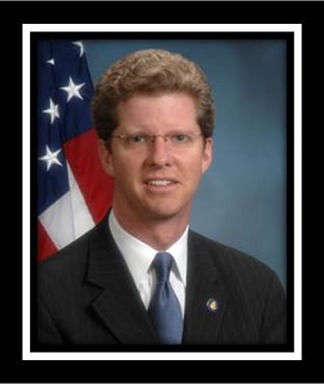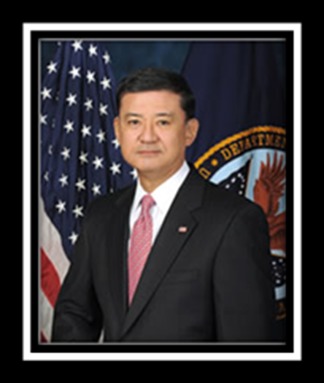

There is a public health crisis playing out on the streets of our nation’s communities. Homeless men and women, many living with disabling conditions, are joining a declining, though still significant, population of what many refer to euphemistically as “the unsheltered” or “forgotten” homeless.
The significant economic and moral dimensions of homelessness come into sharper focus when those living on our streets once defended our nation. Veterans are at greater risk of experiencing homelessness than other adults. The reasons for this are not all related to military service; however, combat, wartime trauma, and posttraumatic stress disorder (PTSD) sometimes contribute to a downward spiral of depression, substance abuse, broken relationships, unemployment, and isolation—which may lead to homelessness.
Set against this humbling backdrop are our remarkable and ambitious national goals to end veteran and chronic homelessness once and for all. Leadership counts, and the President of the United States has been unwavering in resourcing the initiatives we describe here.
Central to achieving these goals is a growing shift toward intervention that is data driven, is research informed, and prioritizes more immediate access to permanent housing. One such model is Housing First, an emerging, evidence-based best practice for assisting people experiencing chronic homelessness to obtain and maintain permanent housing—quickly, safely, and without prerequisites.
Additionally, the Housing First model also assists with access to health care, employment, and other supportive services that promote long-term housing stability, reduce recidivism, and improve quality of life. Investments in effective, evidence-based programs utilizing the Housing First model, such as rapid rehousing, Supportive Services for Veteran Families (SSVF), and the Housing and Urban Development Veterans Affairs Supportive Housing (HUD-VASH) programs, along with unprecedented partnerships between federal and local partners, have yielded substantial reductions in veteran and chronic homelessness.
Since the onset of the plan, despite an affordable housing crisis, an economic recession, and elevated poverty, the number of homeless veterans and chronically homeless individuals has continued to decline. From 2010 to 2013, the number of veterans experiencing homelessness on a single night has decreased 24% (from 76 329 to 57 849). The number of persons who are chronically homeless has decreased by 16%. These gains are evidence that the plan is working—but there is still much to be done to end veteran and chronic homelessness.
Housing First, a best practice, must become our common practice. We must reinforce intervention strategies that work and funnel federal resources to those strategies. Local partnerships must execute these resources in the most efficient manner. Homeless veterans—all homeless Americans—must not remain our invisible citizens. What they need are permanent places to live, jobs, education, and quality health care.
The United States has always been a nation of doers and dreamers. We’re committed to this goal. I know you are committed to this goal. So let’s continue to work together to end homelessness, once and for all.


